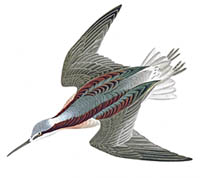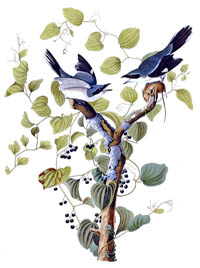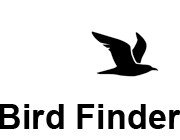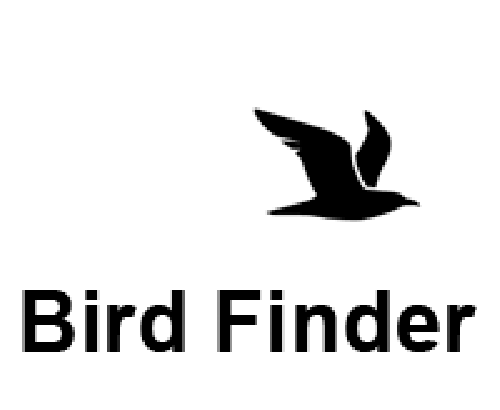
show/hide words to know
We see them practically everywhere. They are found flying in the high mountains and soaring along the thermal winds in the low deserts. There are those that are reclusive and others you can watch from your own back yard. During the spring you might hear groups of them singing their chorus in the mornings, or maybe a solo song sung during the day. No matter where you see, or hear them, these flying feathered animals can put on a captivating show in flight, and song.

Wilson's Phalarope by John James Audubon
Flying like a bird remains a dream for humans. And even though we can sing we cannot sing like a bird. In both cases it is a matter of anatomy. Birds have feathers and special bones that keep them light and strong for flying.
Anatomy of a Bird Song
Singing is another story. Humans have one voice box called a larynx. We use our larynx to talk and sing. Birds have two voice boxes called syrinxes. Not only do they have two voice boxes they are located in a way that some birds can make more than one sound at a time. This is like being able to play two instruments at the same time.
Do Birds Only Sing?
Just like humans that use their voice box to talk and also sing, birds have two different kinds of vocalizations. The most recognized vocalization is singing, but birds also use their syrinxes to communicate with other birds by calling out.

Loggerhead Shrikes by John James Audubon
So why do birds sing? In most cases they sing to attract a mate and also to tell other birds that this is their territory. Birds use calls to communicate with other birds about daily activities, like looking for food or warning other birds that a predator might be close by. Both songs and calls are important communication tools for birds.
You Are Not From Around Here
Even though humans cannot sing like a bird we do have something in common with them. When you meet someone from another part of the country you can often tell that grew up somewhere else by hearing their voice. The way they pronounce words might be different from the way you have heard them before. This is because they have a different dialect. Birds also have dialects and so they can sound different depending on where they live. In fact, birds often have different songs and calls even if they live close to each other. The White-crowned Sparrow is one such bird.
Listen For Yourself

Looking for a bird in the Southwest United States? Try our bird finder tool.
Dr. Biology has been working with biologists and birders in Arizona who are collecting bird recordings, sonograms, bird pictures, and other fun filled facts about birds. Together, they have created a fun way to explore and learn about birds and their songs. It's kind of a virtual aviary where wild bird songs and images have been collected for you to explore on your computer. It is also your key to exploring these birds in the wild.
Try out the Bird Finder.
View Citation

With Bird Finder you can locate and learn about birds in the southwest. The collection has almost 300 birds. There are images, range maps, and their songs and calls. You can also select and compare different birds.
Be Part of
Ask A Biologist
By volunteering, or simply sending us feedback on the site. Scientists, teachers, writers, illustrators, and translators are all important to the program. If you are interested in helping with the website we have a Volunteers page to get the process started.









